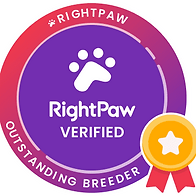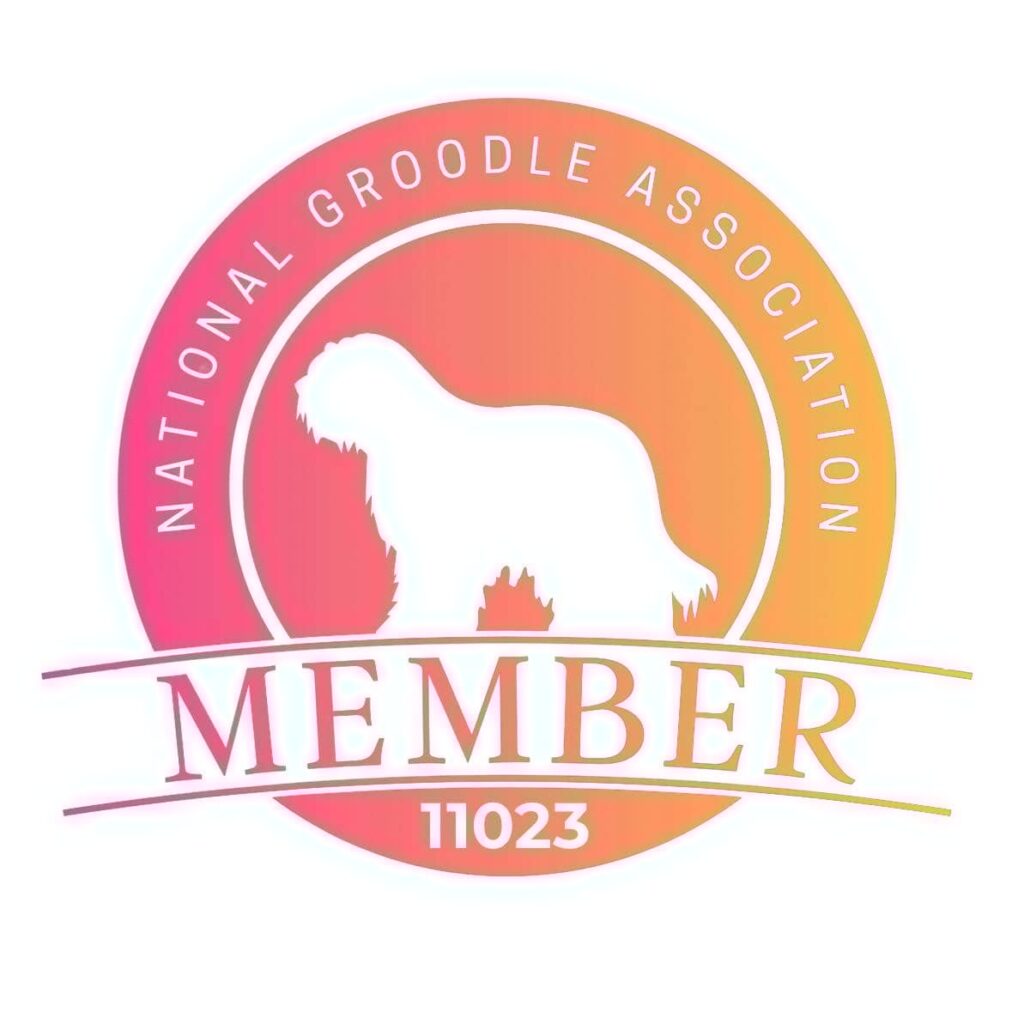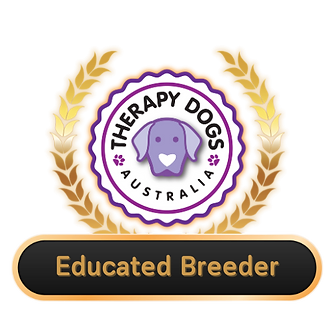One of the most frequently asked questions we get at Fairview Park Groodles is about coat types: What kind of coat will my Groodle have? Will they shed? How much grooming do they need?
Whether you’re drawn to the teddy bear look, want a low-shedding companion, or need to manage allergies, understanding the three main Groodle coat types can help you choose the right fit for your lifestyle.
Let’s break down the differences:
🐾 1. Fleece Coat
The fleece coat is the most sought-after among Groodle lovers—and for good reason.
- Texture: Soft, silky, and wavy—think of a teddy bear or a freshly blown-out retriever.
- Shedding: Generally low, can be slightly higher in F1 groodles.
- Grooming: Grooming needs depend more on coat length than type. As a guide, aim to brush once per week for every centimetre of coat length (e.g. a 5cm coat = 5 times a week). Professional grooming is generally needed every 10–12 weeks.
- Grooming tools – slicker brush and comb, or rake
- Allergy-friendly? Often yes, especially for mild allergy sufferers.
Fleece coats strike the perfect balance between the Retriever and Poodle genes. They’re beautiful, manageable, and typically allergy-friendly, which is why we focus on producing fleece-coated pups at Fairview Park.


🐾 2. Wool Coat
The wool coat resembles that of a purebred Poodle and is often curlier, though the tightness of the curl can vary.
- Texture: Dense, soft, curly, and springy.
- Shedding: Very low.
- Grooming: Like fleece coats, wool coats require brushing based on length, not just texture. The longer the coat, the more brushing is needed to prevent matting. We recommend a professional groom every 8–12 weeks.
- Grooming tools – slicker brush and comb
- Allergy-friendly? The most allergy-friendly coat type.
Wool coats are great for families with moderate to severe allergies, but the grooming commitment increases with coat length.
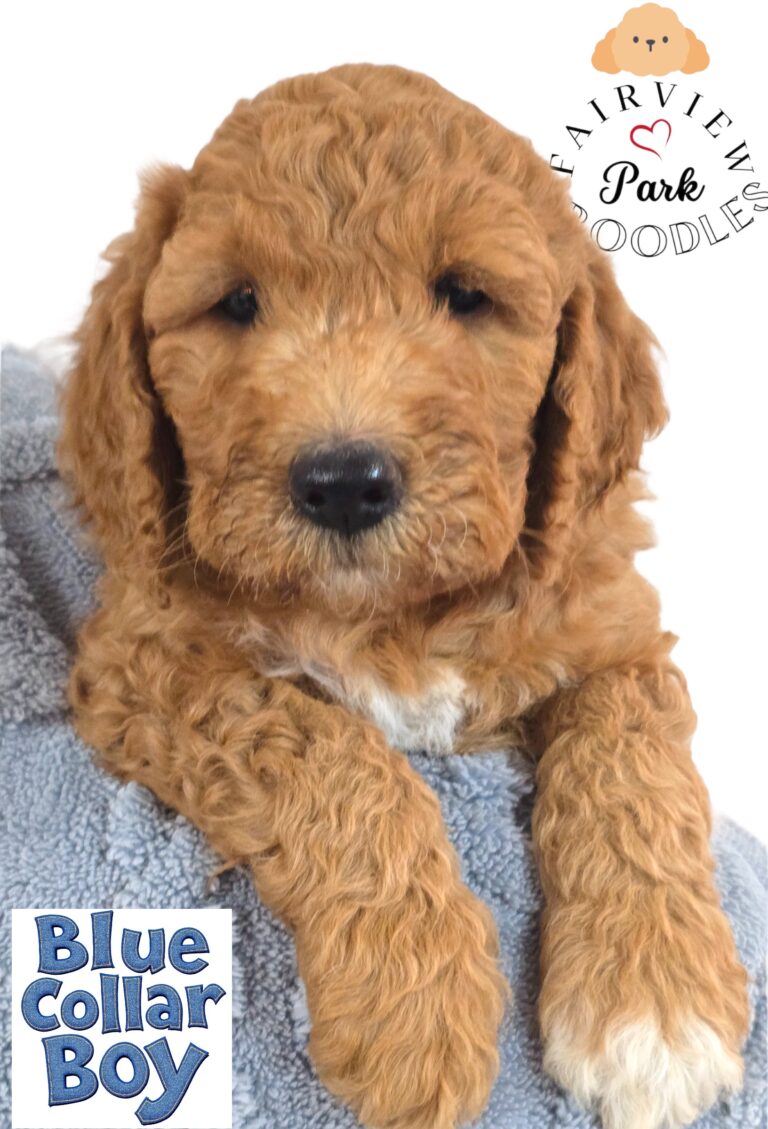
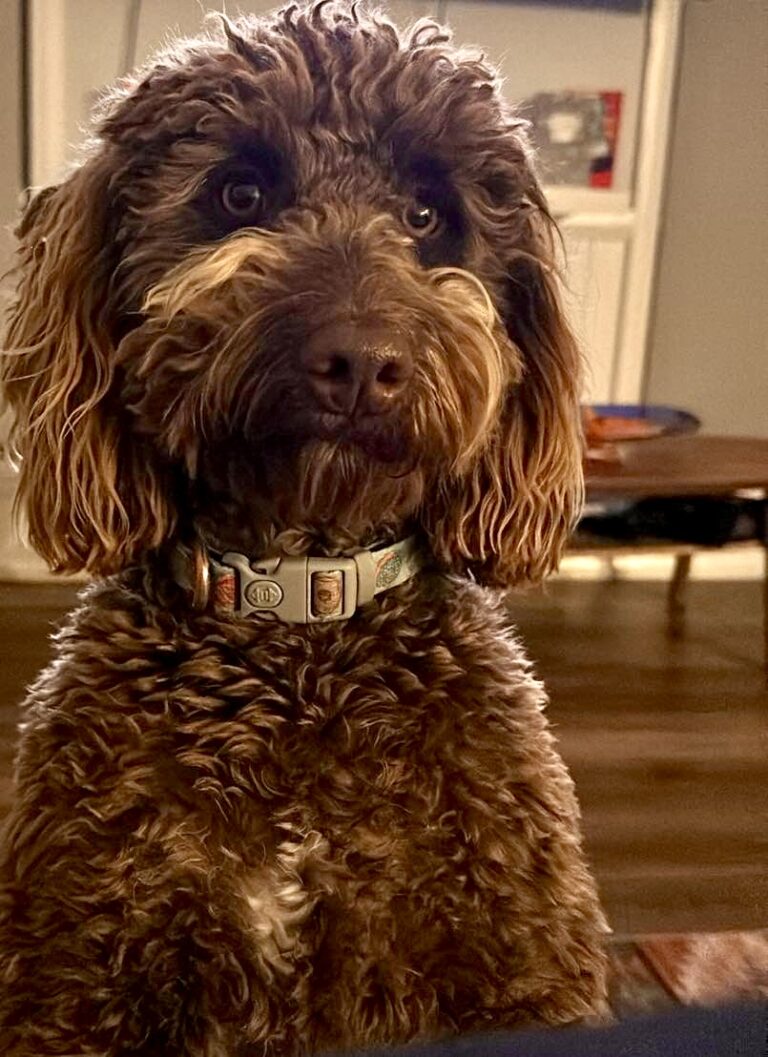
🐾 3. Hair Coat
The hair coat is more similar to a traditional Golden Retriever’s coat.
- Texture: Straighter and coarser, sometimes with a light wave.
- Shedding: Moderate to high.
- Grooming: Typically lower maintenance, but shedding can be heavier. Brushing several times a week is helpful to manage loose hair. These dogs generally don’t require regular clipping.
- Allergy-friendly? Less suitable for allergy sufferers.
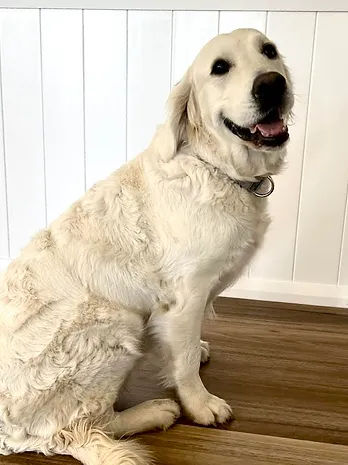

Luna is a Golden Retriever and has a hair coat.
Bella is a F1 Groodle with a hair coat. Bella was not bred by us but was imported into our program. While she does not have the traditional groodle look, she has the most beautiful temperament and partnered with a fully furnished mate, produces amazing groodle pups with fleece and wool coats, in stunning colours.
Hair Coats and Why We Don’t Breed Them
At Fairview Park Groodles, we’re committed to producing Groodles that meet breed standards for both appearance and coat quality. Hair coats are not considered breed standard for Groodles, which is why we do not intentionally breed puppies with this coat type—although a few of our parent dogs may have them.
Hair coats are more commonly seen in F1 Groodles, especially when bred by less experienced breeders who don’t DNA test for coat traits such as furnishings. This can result in pairings where neither parent carries strong furnishing genes, increasing the likelihood of straight, shedding hair coats.
We DNA test all of our breeding dogs and only pair partly furnished dogs with fully furnished partners. Because only one copy of the furnishing gene is needed to produce a fleece or wool coat, this ensures that all of our puppies have correct, breed-standard coats—either fleece or wool.
While hair-coated Groodles can still be beautiful and loving companions, they are less suitable for allergy-sensitive homes and typically shed more, making them less ideal for families seeking a low-maintenance or low-shedding pet.

